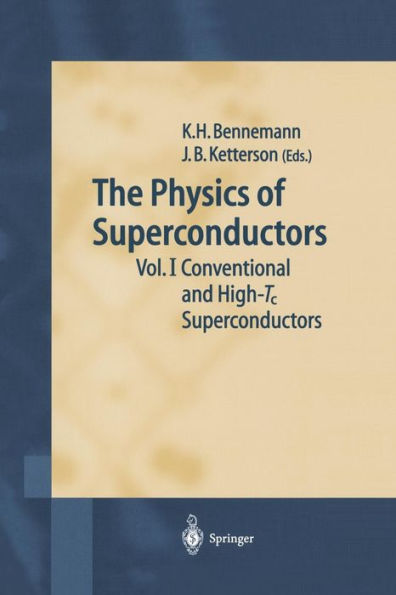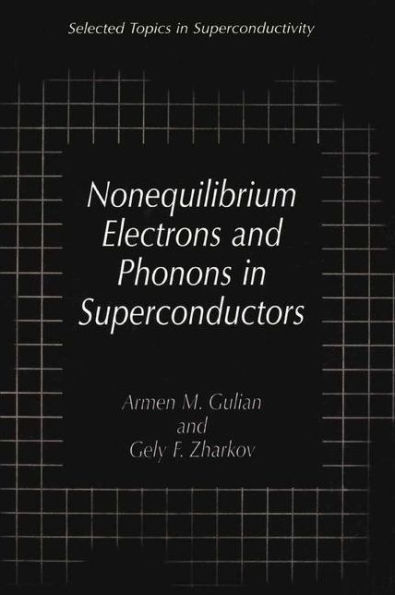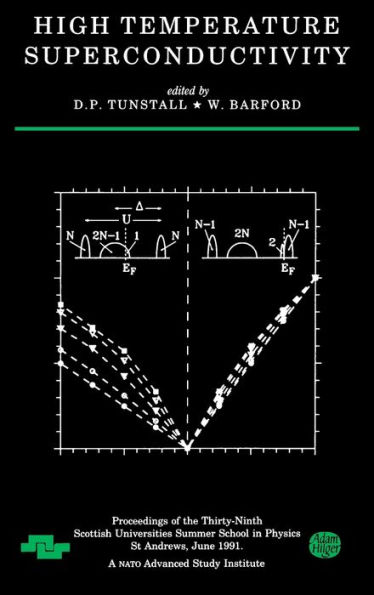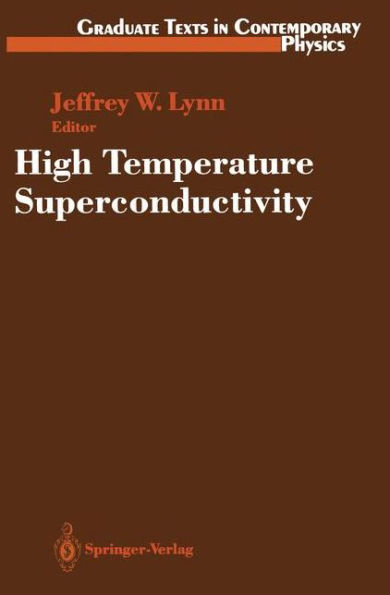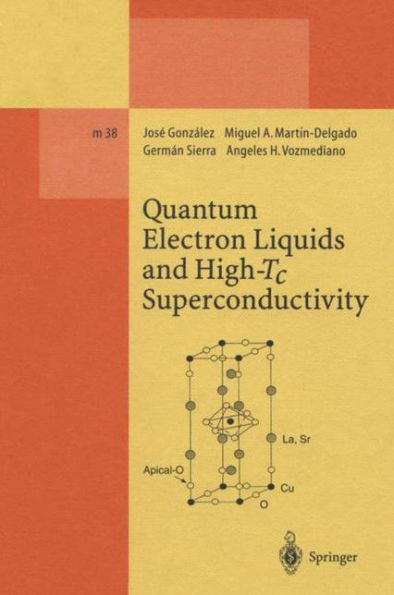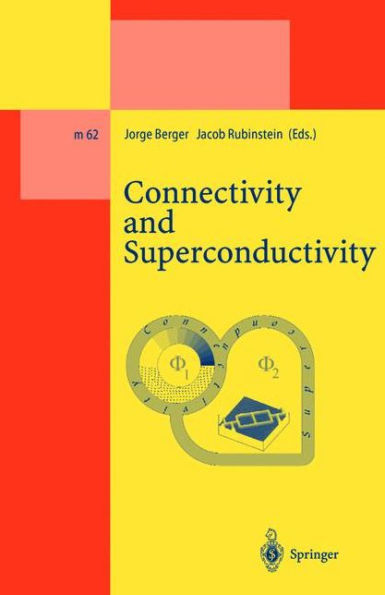Home
Carbon-based Superconductors: Towards High-Tc Superconductivity / Edition 1
Barnes and Noble
Loading Inventory...
Carbon-based Superconductors: Towards High-Tc Superconductivity / Edition 1
Current price: $160.00
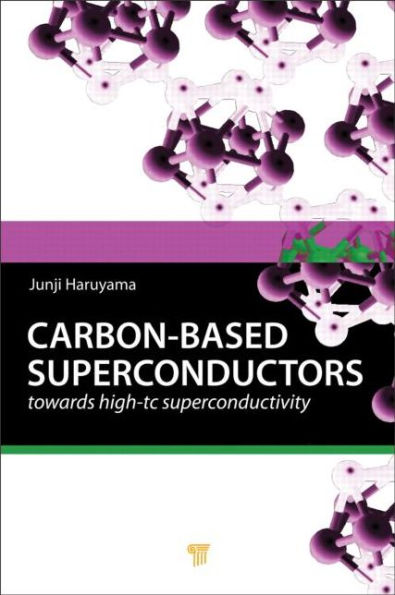
Barnes and Noble
Carbon-based Superconductors: Towards High-Tc Superconductivity / Edition 1
Current price: $160.00
Loading Inventory...
Size: OS
*Product information may vary - to confirm product availability, pricing, shipping and return information please contact Barnes and Noble
Superconductors (SCs) are attractive materials in all respects for any community. They provide a deep insight into the physical properties of the condensed matters and also have useful applications as ultra-low-power-dissipation systems that can help resolve the present energy problems. In particular, the recent advancement of carbon-based new superconductors (CNSCs) is significant. Before 2004, the superconducting transition temperature (
T
c) of carbon-based SCs was below 1 K, except in fullerene clusters. However, in 2004, a Russian group discovered that diamond highly doped with boron could be an SC at
c = 4 K. The following year, a group from Cambridge found that calcium-intercalated graphite could be an SC with
c = 11.5 K. In 2006 and 2008, the editor’s group from Japan also discovered that carbon nanotubes could be SCs at
c = 12 K. Since then, research on CNSCs has increased notably.
A small mass of carbon can produce high phonon frequency and high Debye temperature. Combining these with other specified properties of CNSCs (such as one-dimensional electronic states) is highly expected to open doors to high-
c superconductivity like those of CuO
2
- and Fe-based SCs, which were the only SCs to show
c > 40 K in the past. CNSCs, such as diamond, graphite, carbon nanotubes, fullerenes, and others, are a very attractive field of research, and this book is the first to describe their basic physics and the recent advances toward high
c in this field.
T
c) of carbon-based SCs was below 1 K, except in fullerene clusters. However, in 2004, a Russian group discovered that diamond highly doped with boron could be an SC at
c = 4 K. The following year, a group from Cambridge found that calcium-intercalated graphite could be an SC with
c = 11.5 K. In 2006 and 2008, the editor’s group from Japan also discovered that carbon nanotubes could be SCs at
c = 12 K. Since then, research on CNSCs has increased notably.
A small mass of carbon can produce high phonon frequency and high Debye temperature. Combining these with other specified properties of CNSCs (such as one-dimensional electronic states) is highly expected to open doors to high-
c superconductivity like those of CuO
2
- and Fe-based SCs, which were the only SCs to show
c > 40 K in the past. CNSCs, such as diamond, graphite, carbon nanotubes, fullerenes, and others, are a very attractive field of research, and this book is the first to describe their basic physics and the recent advances toward high
c in this field.
Superconductors (SCs) are attractive materials in all respects for any community. They provide a deep insight into the physical properties of the condensed matters and also have useful applications as ultra-low-power-dissipation systems that can help resolve the present energy problems. In particular, the recent advancement of carbon-based new superconductors (CNSCs) is significant. Before 2004, the superconducting transition temperature (
T
c) of carbon-based SCs was below 1 K, except in fullerene clusters. However, in 2004, a Russian group discovered that diamond highly doped with boron could be an SC at
c = 4 K. The following year, a group from Cambridge found that calcium-intercalated graphite could be an SC with
c = 11.5 K. In 2006 and 2008, the editor’s group from Japan also discovered that carbon nanotubes could be SCs at
c = 12 K. Since then, research on CNSCs has increased notably.
A small mass of carbon can produce high phonon frequency and high Debye temperature. Combining these with other specified properties of CNSCs (such as one-dimensional electronic states) is highly expected to open doors to high-
c superconductivity like those of CuO
2
- and Fe-based SCs, which were the only SCs to show
c > 40 K in the past. CNSCs, such as diamond, graphite, carbon nanotubes, fullerenes, and others, are a very attractive field of research, and this book is the first to describe their basic physics and the recent advances toward high
c in this field.
T
c) of carbon-based SCs was below 1 K, except in fullerene clusters. However, in 2004, a Russian group discovered that diamond highly doped with boron could be an SC at
c = 4 K. The following year, a group from Cambridge found that calcium-intercalated graphite could be an SC with
c = 11.5 K. In 2006 and 2008, the editor’s group from Japan also discovered that carbon nanotubes could be SCs at
c = 12 K. Since then, research on CNSCs has increased notably.
A small mass of carbon can produce high phonon frequency and high Debye temperature. Combining these with other specified properties of CNSCs (such as one-dimensional electronic states) is highly expected to open doors to high-
c superconductivity like those of CuO
2
- and Fe-based SCs, which were the only SCs to show
c > 40 K in the past. CNSCs, such as diamond, graphite, carbon nanotubes, fullerenes, and others, are a very attractive field of research, and this book is the first to describe their basic physics and the recent advances toward high
c in this field.

